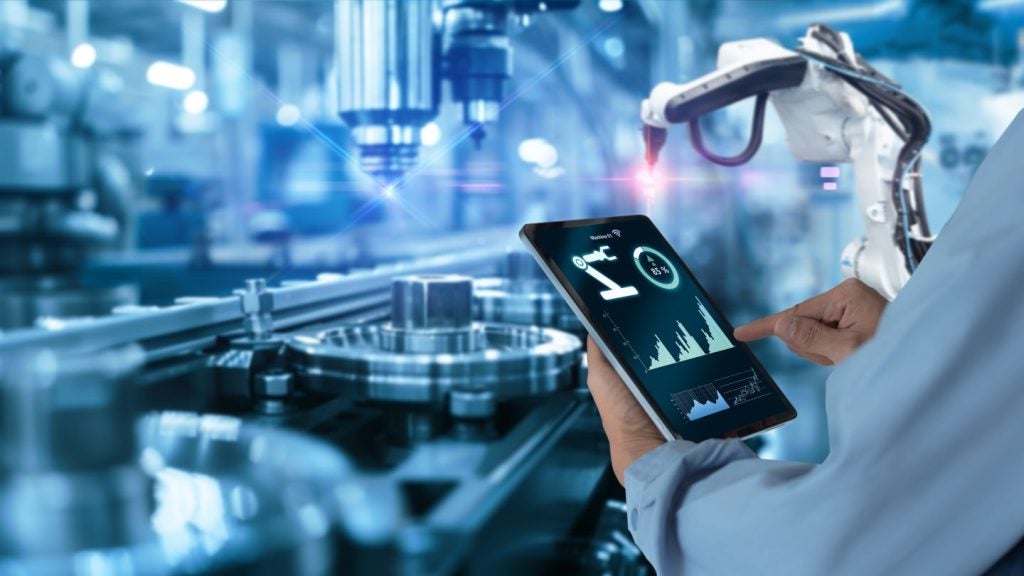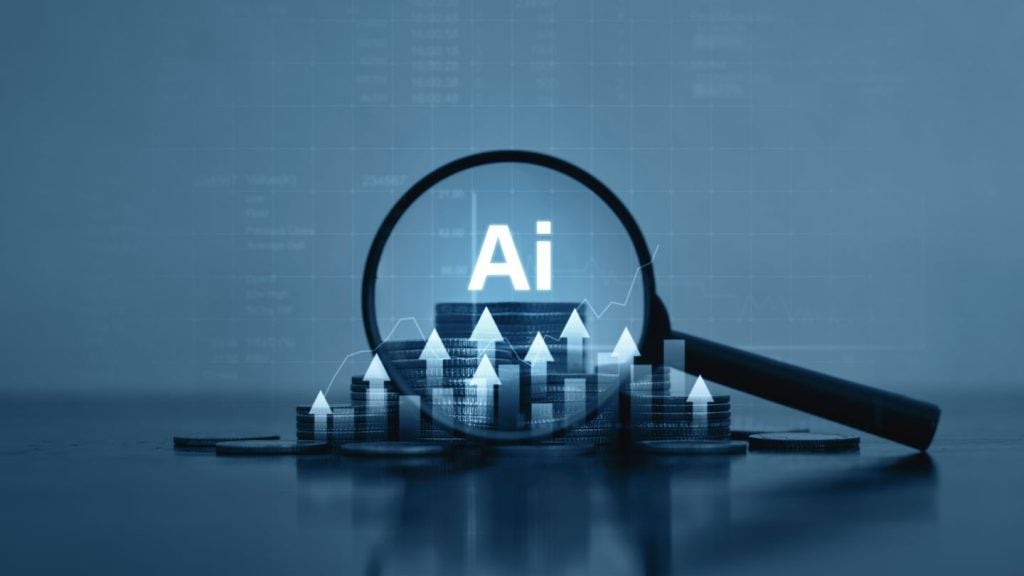Last year’s consolidation of low-code platforms, in which AI played the most prominent role, has helped in addressing operations’ most pressing issue: the need for software automation. The latest in the cloud’s integration and automation value-chain is illustrated through advanced technologies. These include robotic process automation (RPA) and optical character recognition (OCR). We’ll be seeing a lot more of these technologies, which help enterprises eliminate repetitive tasks in the app modernization process, in 2020.
Low-code platforms have earned growing respect
Enterprise developers have come a long way since Salesforce introduced its Lightning Platform several years ago. Since that time, low-code platforms have earned growing respect among enterprise developers and now, increasingly, among DevOps participants in light of automation consolidation.
The year has hardly begun and we’ve already seen two related acquisitions, illustrating the technology’s growing importance.
Recently, Google upped its automation game in the highly competitive public cloud space against rivals AWS and Microsoft Azure. It did this by enhancing its enterprise developer and DevOps-related portfolio through an acquisition of AppSheet. The app platform startup’s no-code platform will help promote the use of Google technologies among business users, including Google’s workflow automation, app support, and API management technologies. The no-code platform provides an intuitive approach where apps are built from spreadsheets (including Google Sheets) and other familiar formats.
The acquisition also builds on additional automation innovations. This includes OCR, low-code’s next anticipated advanced technology consolidation, where Google is making significant strides.
Low-code leader Appian recently acquired RPA provider Novayre for its Jidoka platform, representing one of the first vendors to bring the technology in-house.
How well do you really know your competitors?
Access the most comprehensive Company Profiles on the market, powered by GlobalData. Save hours of research. Gain competitive edge.

Thank you!
Your download email will arrive shortly
Not ready to buy yet? Download a free sample
We are confident about the unique quality of our Company Profiles. However, we want you to make the most beneficial decision for your business, so we offer a free sample that you can download by submitting the below form
By GlobalDataThe acquisition shores up its competitive threat in the low-code space opposite pure-play rivals (e.g., Salesforce, Pegasys, Mendix, OutSystems, and others) and larger cloud providers (e.g., Microsoft and IBM). In addition to being available as an add-on to the Appian platform, the technology enhances Appian’s Robotic Workforce Manager which manages RPA deployments.
Cloud giants will put pure-plays under pressure
Pure-plays such as Appian face pressure from cloud giants. This is because they will eventually offer low-code and RPA as a feature within their platform services. Low-code providers also face app platform giants embedding automation into innovative new solutions.
For example, IBM Digital Business Automation (DBA) is an architecture that streamlines operations via work automation, orchestration, and instrumentation. The solution delivers automation to particular processes, enabled through advanced technologies including AI, RPA, and we anticipate eventually OCR.
Cloud providers will continue to capitalize on the low-code app development phenomenon, centering their platform messaging on early strengths in low-code, high-productivity design tools, and more recently AI connectors to backend systems, including IoT. These address complex workflows in high-compliance industries. Expect to see more automation and augmentation innovations and consolidation in this area in the coming year.









Related Company Profiles
Appian Corp
Google LLC
Microsoft Corp
Salesforce Inc